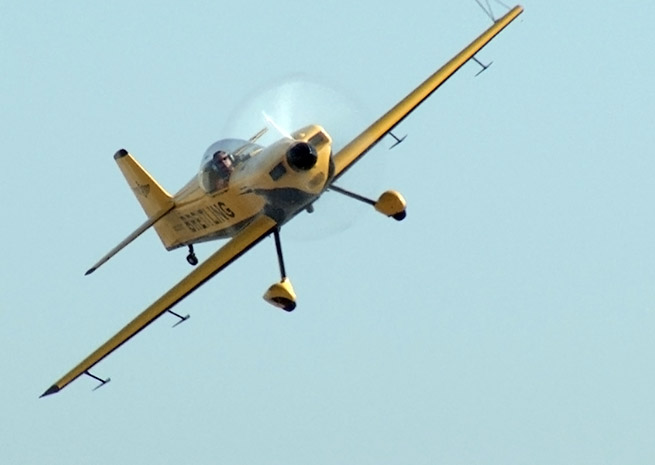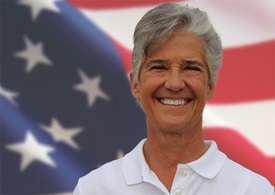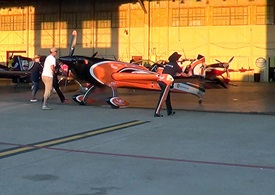Weather snarls world championship
Elite aerobatic pilots grounded for days

For days, the forecast was steadily dreary: low clouds, rain, wind, and a zero percent chance of flying the most complicated and challenging aerobatic routines pilots can devise.
An international field of elite competitors converged on North Texas Regional/Perrin Field near Sherman, Texas, for 12 (planned) days of competition, the first time the Fédération Aéronautique Internationale World Aerobatic Championships has been held on U.S. soil in a decade.
That soil has been on the soggy side, with a field of 60 competitors grounded by wind and rain for days, pushing the contest schedule near the limit. On Oct. 16, there was still hope of completing the minimum number of flights required to make the contest official.
“Things are looking up,” said Jim Connors, contest media coordinator, in a telephone interview. He recounted a litany of days lost to low ceilings, wind, or both: wind on Oct. 11, wind and rain Oct. 12, and “a total wash” on Oct. 13. “It cleared up in the evening so we could go to a rodeo.”

Performing at the highest level is certainly easier with practice. “We’re used to flying two to three flights a day leading up to the event,” said Debby Rihn-Harvey, the most experienced member of the U.S. Unlimited Aerobatics Team, having qualified for 13 world championships. Rihn-Harvey said the Texas weather this year may not go down as the worst in world championship history, despite grounding flights for days and threatening contest completion. In 1992, the weather in Le Havre, France, washed out the contest entirely.
“We bought the whole area out of rubber boots,” Rihn-Harvey recalled of the 1992 championship-that-wasn’t. Rihn-Harvey, the highest-ranked American pilot, according to the national team website, recalled a litany of past contests truncated or otherwise hampered by weather. The 1984 contest in England was almost a washout, and that year's weather prompted a rule change reducing the minimum number of flights required to declare a winner.

“It’s very, very frustrating,” Rihn-Harvey said. “If anybody wants rain or needs rain, all we have to do is schedule an aerobatic championship.”
The U.S. team hopes to end a drought that dates to 1988, the last time Americans won the team title in the world championship. Russian and French national teams have dominated since. Rob Holland won the freestyle competition in 2011, but may not get a chance to defend that title, since all flights must be complete by Oct. 20.



